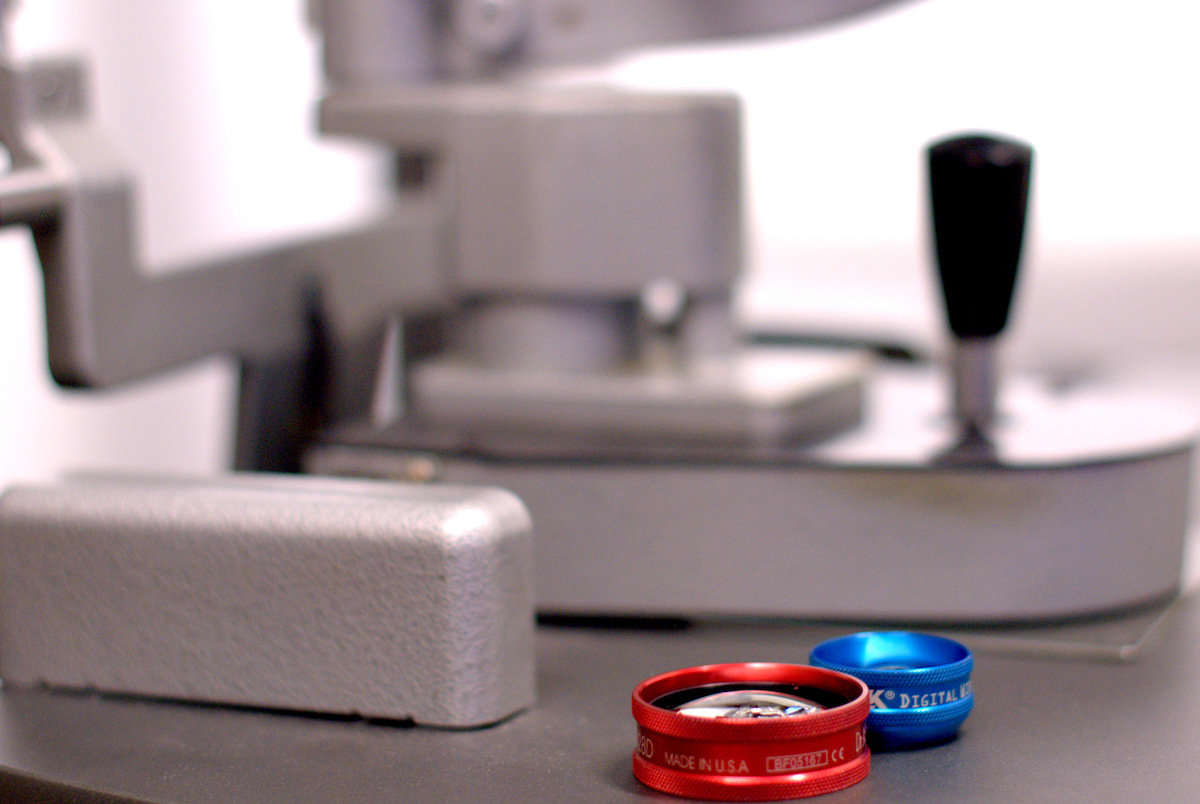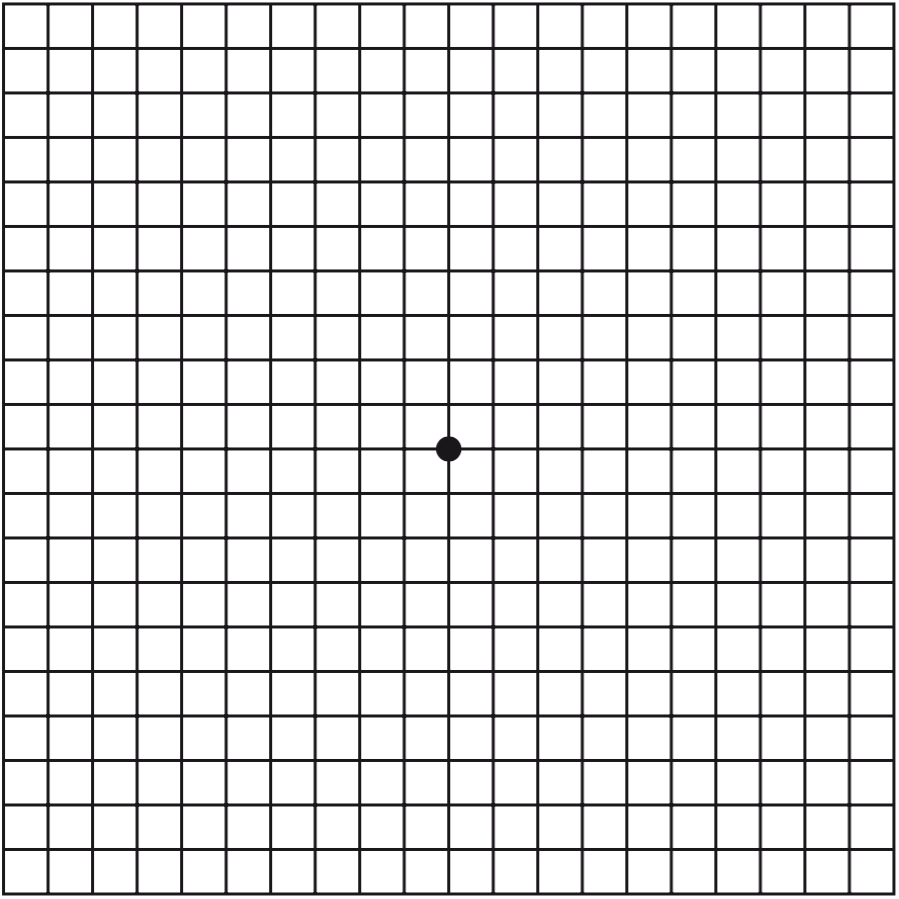What is Age-related Macular Degeneration?
The macula is the centre of your retina, lining the inside of your eye. It gives you sharp and detailed vision. We use the macula for reading, driving, recognizing faces, watching television, and for doing fine detail work. Age-related Macular Degeneration (AMD) occurs when the macula is damaged.
AMD usually occurs in both eyes, but may start in one eye first. In its late stages, it can cause permanent central vision loss and blindness.

Why does it happen?
Unfortunately, getting older is the biggest risk factor – especially after age of 50.
Smoking, family history of the condition, and certain nutrients being low in your diet all increase risk of AMD.
Types of Age-related Macular Degeneration
Early AMD
This is where waste products build up under the macula producing deposits called drusen. This stage does not normally cause any vision problems, but is when changes to diet and lifestyle can help to slow the progression of the disease.
Late AMD
This is where the disease has progressed and vision is affected. There are two main forms of late AMD:
- Dry AMD
Develops slowly, usually over many years. As cells in the macula die in small patches, images fade and become unfocused, and small pieces of image go missing. Eventually, only side vision will remain.
- Wet AMD
New, abnormal blood vessels grow under or into the macula. They leak and bleed. Scar tissue forms in and around the macula. Wet AMD can cause sudden changes in vision – even overnight. Changes include distortion and/or a blank or blurry patch in the central area of vision.
How do I manage it?
- Stop smoking.
- Take vitamin supplements with the ‘AREDS 2 Formula’ in it. E.g. Vitalux, Preservision.
- Diet: daily intake of fruit and green, leafy vegetables, fish two to three times per week, a handful of nuts per week, and low glycemic index (“low GI”) carbohydrates in preference to high GI. Limit the intake of fats and oils.
- Newer treatments for both Dry and Wet AMD are being developed, such as lasers and combination drugs. Talk to Dr Sharma about latest treatments and clinical trials.
Wet AMD
Significant advances have been made in the treatment of wet AMD. The aim of treatment is to prevent the condition from getting worse as there is no cure for AMD. The earlier the disease is detected, the more vision you are likely to retain.
Currently, the best treatment is intravitreal injections of Anti-VEGF (vascular endothelial growth factor) drugs – to reduce leakage and bleeding from new blood vessels in the macula.
The treatment is safe, but does have risks. We will talk through the risks with you.
Amsler Grid

It is used to test for and monitor symptoms of AMD. Do not depend on it for diagnosis.
Instructions:
- Do not remove glasses or contact lenses normally used for reading.
- Hold grid at eye level approximately 33cm away in a well lit room.
- Cover one eye and focus on the centre dot with the uncovered eye.
- Repeat with the other eye.
Contact our office if you notice:
- Distortion where straight lines appear wavy or bent.
- Dark patches or empty spaces appearing in the centre of your vision.

